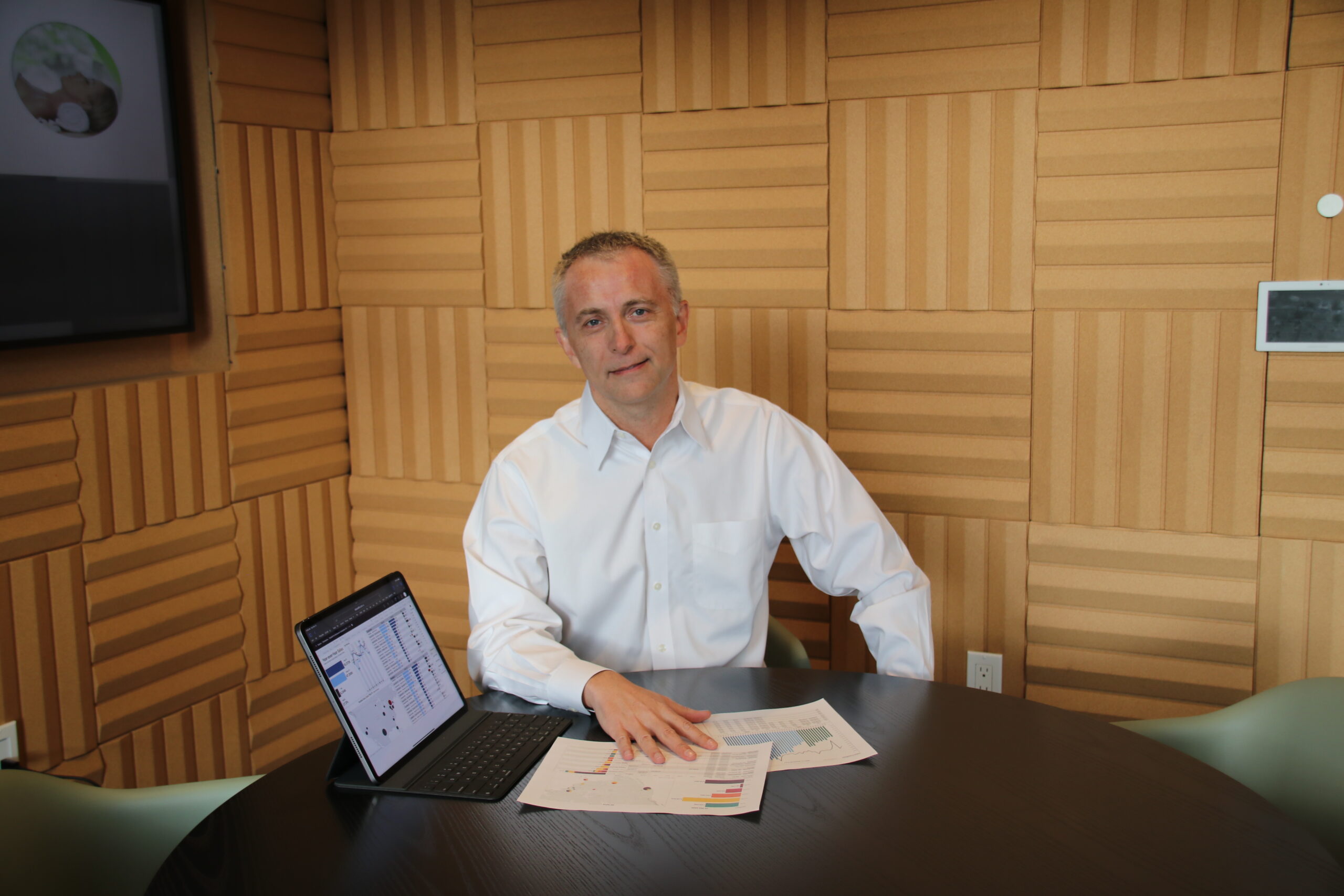The day Senator James Inhofe held up a snowball inside the chambers of the US Congress to disprove climate change, it was fodder for Jon Stewart’s edition of The Daily Show within 24 hours. Few moments in the history of the debate have ever better exemplified the seeming cognitive dissonance that occurs in nonbelievers, though there are psychological realities that might help better understand it. Why would someone disbelieve what has generally been the scientific consensus since the 90s, and why would they go to cartoonish lengths to prove it?
The more obvious and unfortunate answer is money. Senator Inhofe has long been a climate change denier and in 2015, the same year of the snowball incident, he received $10,000 in campaign contributions from BP Oil’s Political Action Committee. In Canada, while conservative MP Pierre Poilievre has been mostly silent on the issue, he has been vocal in attacking the carbon tax and has been seen sporting an #OilsandsStrong T-shirt. However, particularly under the US’s two-party system (though some would argue there has been some cultural convergence), there is a tendency toward binary thinking that makes them more vulnerable to this type of misinformation.
Nevertheless, it’s becoming a little harder to deny as summer months extend noticeably year by year. Bird migration patterns are beginning earlier. In the Northern Hemisphere, snow cover is declining. The sea level has risen 6.5 inches since 1950, three of them in the last 20 years. It can make one feel helpless—perhaps yet another reason it’s preferable to shut it down. Though NASA has stated the human impacts on the earth’s climate are now irreversible, they also stress that anything and everything you can do helps. Here are some of the real world challenges global warming is presenting us with now and what we can do.
Physical Health
According to the Canadian Government, climate change is expected to both directly, and indirectly impact the prevalence of several insect-borne diseases including West Nile, Zika and Yellow fever. While Canadians should worry about international travel, climate change has also favoured tick-borne diseases locally. There’s also the concern of older diseases thawing out of the ice, such as the Reindeer Anthrax Outbreak in the Russian Arctic in 2016. Horror fans may also be alarmed at the striking similarities to the plot of John Carpenter’s The Thing. To put it simply, we don’t know what’s waiting for us under the ice.
It’s critical that Canadians take extra care in the future preventing mosquito and tick bites, and any insect bites while traveling. The National Library of Medicine recommends any DEET-containing products.
Power and Electricity Bills
In the last 20 years, blackouts caused by weather-related incidents doubled. The wildfires in California over the past two years forced Pacific to shut down preemptively, which is likely to become more and more commonplace. A rise in green energy is expected, but Canada is
slow to catch up. Since the Paris Agreement was signed, we’re the only G7 country whose greenhouse emissions have increased.
By now, the basics should be obvious. LED lights are superior to filament bulbs in energy efficiency, buy green appliances and use them during off peak hours when possible. Ideally, promotion of green energy and personal responsibility should be encouraged, particularly around the office.
Food
Inflation has already been a major issue in Canada, but food prices are only expected to rise, and it’s not entirely the fault of Galen Weston Jr.—although greed should also be listed as a global environmental issue. Should greenhouse gas emissions continue their current path, vegetable and legume yields could drop by 35 per cent by 2100. With more crops spoiling or failing to produce thanks to warmer weather (such is the case with New York apples currently), their scarcity will lead to a rise in price. It’ll become more important not to waste food, buy in bulk when possible and have proper storage.
Working Outdoors
The heatwave last summer in Arizona grew so intense that a doctor said people were coming to the burn centre simply from having contact with the pavement. Heatwaves are also expected to become more and more frequent, making any recovery from them more difficult. People who work outdoors will be most affected, as well as those who work in warehouses or structures without proper airflow. It’s critical to know the symptoms of heat exhaustion and take long breaks for water when necessary.
It’s especially difficult when the solutions barely sound like they’ll solve anything, but the hard truth is that much of what can be done is out of an ordinary citizen’s capabilities. The principles of sustainability should always be adhered to, but ultimately the best course of action is to urge your government to take action.
Kenny Hedges | Contributing Writer




















